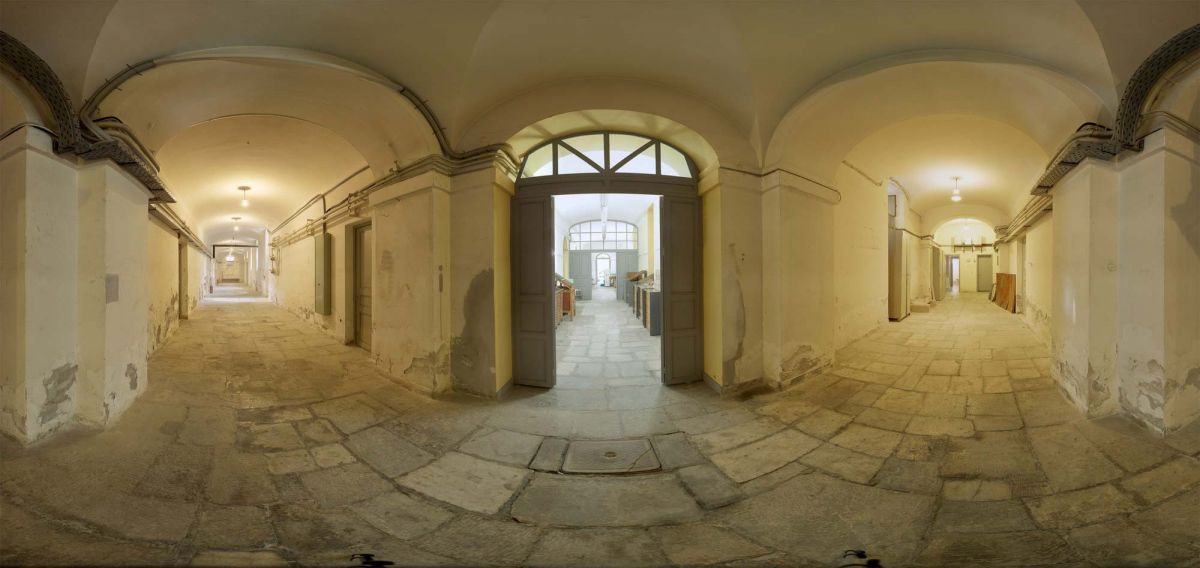gallery fammiliar-unfamiliar
Christos Simatos
Photography
Opening: Thursday 2 April 2009 | 20.30
Duration: 2 April - 2 May 2009
ATHENS ART GALLERY
4 Glykonos str., 106 75 Athens, Greece, Τ.:+30 210 7213938
Opening hours: Tusday to Friday: 11:00-14:30 & 18:00-21:00
Sunday: 11:00-14:30 - Saturday closed
e-mail: This email address is being protected from spambots. You need JavaScript enabled to view it.
MARIOS SPILIOPOULOS / Painter, professor at the A.S.F.A.
>The essential is no longer visible
Magdalena Jetelova
from her work “Atlantic Wall” 1995
Chris Simatos is a silent new artist, but not a timid one. He merely doesn’t talk much, he acts quietly instead, he sets up goals and achieves them in silence. At first, he seems reserved, hermetically sealed, absorbed in his esoteric quests. So, when I first met him, when he was a sophomore at the Athens School of Fine Arts (ASFA) back in 1998, he was persistently seeking to find a way of expressing himself in a peculiar pictorial way. Inner spaces with a broken perspective and one or two, at the most, abstractive figures “dwelling” inside these fragmented rooms like shadows, “phantoms” of the living, in loose postures, like burial shells made of thick, colorful layers of oil and blank canvas, encircling human “shadows” that have accepted the mundane and imperfect nature of existence. A hint to the platonic cave myth or a comment on the tragedy of perishableness? The question lingers on …
TAKIS KOUMPIS / Architect
In a reverse move, photography becomes the other aspect of painting, which always carries along the very thing it depicts. With a series of retardations, sublations and postponements it works out its photographic “canvas”. From the subterranean corridors leading to the studios of the graduate students of the Athens School of Fine Arts (ASFA) to the desolate corridors of the Xenia Hotel on mount Parnes, the multiple takes of Chris Simatos suggest, from the very beginning, the question of the purely material constitution of the image through its multiple self. These photos are not simply taken whenever the “click” defines the conception and the impression, but rather when hundreds of them, superimposed versions of the same frame, like the thousands colored stains of the brush, create the pan-iconic, panoramic take of the entirely fractional, fragmentary image. The one becomes multiple.
NELLI AMPRAVANEL / Kathimerini, Saturday April 11TH 2009
The abandoned building has a specific aura of its own. In silence, the wear and the traces of a past life build possible stories of a forsaken world. Such a building, caught the attention of the postgraduate student of the Athens School of Fine Arts, the artist Chris Simatos, while on an excursion to Mount Parnes. The discovery of a desolate, old sanatorium acquired special meaning for the artist, whose work relates to the quest and presence of internal spaces and the trace that the presence of humans leaves on them.
SOFIA TZIMA / H Αξία, Saturday, April 4th, 2009
Athens Art Gallery hosts a photographic exhibition by Chris Simatos, from April 2nd to May 2nd.
Sofia Tzima, art historian, reports on Chris Simatos’ work:
In Chris Simatos’ first personal exhibition, held from April 2nd to May 2nd at the Athens Art Gallery, we have the opportunity to see a new approach to the theme of ruins. The way the artist photographed the abandoned “Xenia Hotel” on Mount Parnes, is astounding. Having as his main theme the internal corridor of a building, the artist has created a kind of panorama, a curved space, using the specific technique of digital imaging he devised. Each image, thanks to its high definition, helps the viewer to notice details such as debris, dust, paint specks, while their big size (1.9m high by 4m long) creates the illusion that the gallery wall is a passage to the “Xenia Hotel”. The most important element though is that the image itself has a fragmented form, it is printed on tiles that gradually “open up” and are incorporated into the real space …
CHRISTOS SIMATOS
The main theme of all these works of art is inner architectural space. The wall, the door are some of its constitutional elements. I approached it as a kind of a self-sustained existence, without aiming at any reference to its functionality. A particular and important role to the choice of the themes played the composition of the plains, as well as the texture and matiere the various surfaces acquire due to the wear of time. The photographs, seen as “portraits” of geometrical compositions, constitute one part of my quest. The second one is the panoramic views that seek to record the atmosphere of inner spaces by curving them. This illusionary function deceives the human eye, which cannot primarily recognize the space spread in front of it. Photographs can be viewed from afar but at a very small distance as well, thanks to their high resolution and the depiction of their details.


